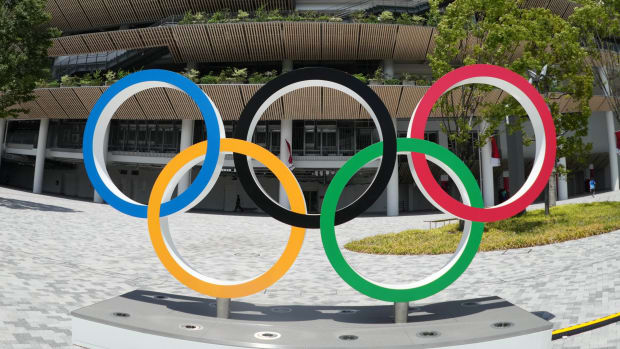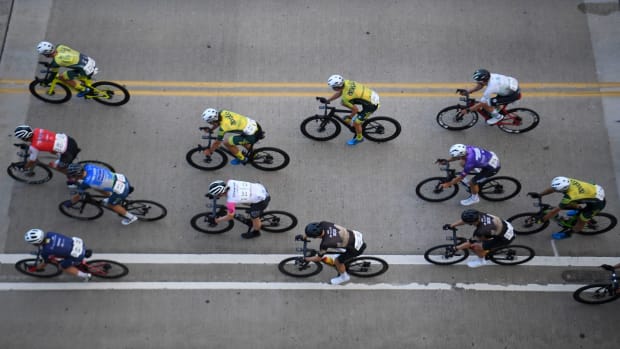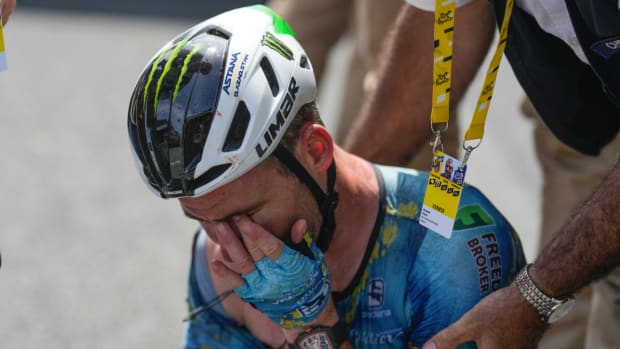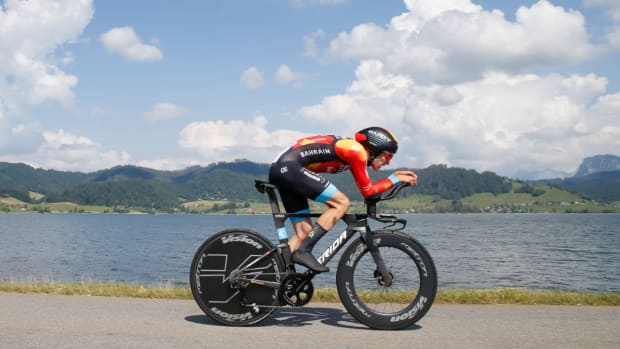Elite road cycling technology may benefit amateur consumers
RICHMOND, Va. (AP) In a sleek, black skinsuit and aerodynamic helmet, Linda Villumsen looked a bit like a superhero as she rode her carbon-fiber time trial bike to victory at the world championships this week.
The difference separating the New Zealand rider from silver medalist Anna van der Breggen? Just 2.54 seconds over a 30-kilometer course that took riders more than 40 minutes to complete.
Few sports are as reliant on technology as cycling, where fractions of a second often add up to victory or defeat. Riders are constantly seeking the best equipment, and companies respond by spending millions to develop the lightest materials, the most aerodynamic frames, and the strongest, sleekest and fastest ways to get elite riders to the finish line.
''The bikes you're seeing at the world championships are not exactly the first bike you had riding down the street as a kid,'' said Eric Bjorling of bike manufacturer Trek. ''These are highly developed, highly engineered, often with millions poured into research and development.''
It isn't just advancements in bikes, either.
Nutrition companies are constantly developing supplements and drinks to fuel riders. Apparel manufacturers are dreaming up new fabrics that are more comfortable and efficient. Helmet companies are designing safer products to protect cyclists falling at high speeds.
Eventually, all that technology trickles down to the consumer, who may not be able to afford a $12,000 bike of an elite athlete, but may purchase a less expensive version.
According to the National Bike Dealers Association, more than $6 billion was spent in the U.S. on bikes, parts and accessories in 2014. Another $1.3 billion was spent on used bikes, bringing the total size of the bike business to more than $7 billion - not including private sales.
Those bikes were sold to the approximately 35 million Americans ages 7 and older who rode at least six times last year, according to the National Sporting Goods Association. That number doesn't include children on smaller bicycles, which means the true number of riders is greater.
Events such as the world championships this week in Virginia, or the Tour de France in July, are essentially a preview of the versions those recreational riders may one day purchase.
''It's a great pastime to remain fit and keep healthy. Great means of transport,'' said Brian Cookson, the president of the UCI, the sport's global governing body. ''Cycling is not just about the elite level. It's something that everyone can enjoy and benefit.''
However, advancements in technology happen at the elite level.
Take the latest version of Trek's ultralight road bike, the Emonda. More than 100 people were involved in its design, from mechanical engineers to material scientists. Its development took more than two years, from prototypes to wind-tunnel testing to fine-tuning in labs.
The result is a bike frame that weighs 690 grams, or about the same as a dozen doughnuts - not that an athlete interested in such a space-age ride would be gorging on gluten.
The research and development price tag of the Emonda? Well into the millions.
''There's probably more that winds up on the cutting-room floor than comes to market, and that's probably true with a lot of companies,'' Bjorling said. ''We already have people working on stuff for 2018, 2019, and what those products might be. A few people are that far ahead.''
It is much the same at companies such as Garmin, which makes bike computers, heart-rate monitors and GPS systems, or NormaTec and RevitaPump, two companies that specialize in compression boots and other products that are designed to help an athlete recover from a hard effort.
''It's not dissimilar from Formula 1, where equipment is highly significant,'' said David Bailey, a physiologist who has worked with numerous teams, including the British national team.
Bailey understands the role of technology in allowing elite riders to perform at their best, and how much it helps recreational riders enjoy the sport. He also points out one area that often gets lost in the high stakes of elite cycling.
''The difference in cycling is you can't forget about the human part,'' he said, ''how you prepare an athlete, get them to peak at the right time. I think we have to always understand that.''




